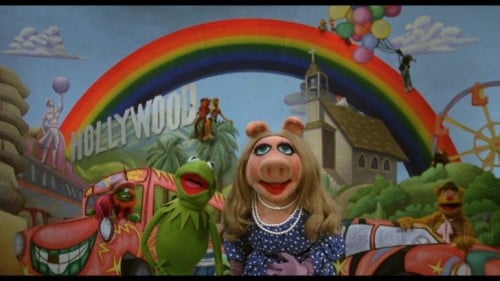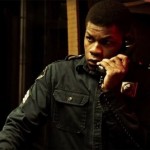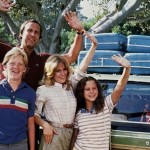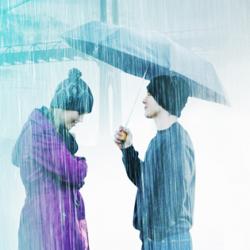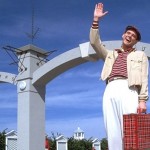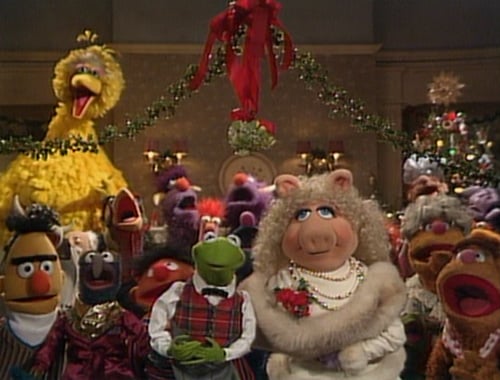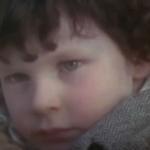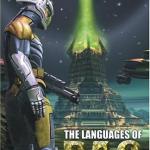I could blame it on sitting alone in my apartment on a Saturday night, eating cold pizza and drinking flat Pepsi, but I know the truth: it was the banjo-playing frog that made me cry.
It was early summer 2009. I was still single, and my younger siblings were married and starting families. Earlier that year, I quit a newspaper job I loved to take on a tedious but higher-paying position as a marketing writer with the Army. Dreams of writing feature articles, novels, and screenplays were filed away in favor of drafting copy about the minutiae of military engineering and navigating a bureaucracy where people tried desperately to impress higher-ups they hated. But it kept the lights on, something a job as a reporter for a weekly paper didn’t, and at least I could still say I was technically a writer.
I don’t know what made me go to Best Buy to purchase a copy of James Frawley’s 1979 film, other than to say I was compelled to seek it out. The movie was a favorite of mine as a child, but aside from watching a few random episodes of “The Muppet Show” on DVD, I hadn’t thought much about Kermit and company in decades. Maybe I’d read something about the movie in one of the film books I was going through. Perhaps it was the fact that a children’s charity down the road was called The Rainbow Connection, and it triggered something in my memory. More likely, I was desperate to escape adulthood for a bit and return to something I’d loved in my youth.
The Muppet Movie is, of course, the story about how (well, “approximately how”) Kermit left his lilypad to make millions of people happy. On his way to Hollywood, he runs afoul of Charles Durning’s Doc Hopper, who goes to homicidal lengths to get Kermit to advertise for his chain of frog-leg restaurants. He meets Fozzie, Gonzo, Animal, Miss Piggy, and pretty much every Muppet that existed in 1979 (including Big Bird, on his way “to break into public television”), who join him in his dream. In the end, the gang makes it to Hollywood and past one last obstacle ⸺ the studio secretary ⸺ where a big-time mogul (Orson Welles) draws up “the standard rich and famous contract,” ensuring their domination of the 1980s entertainment world.
Any worries I felt about outgrowing the film were dispelled in the prologue, where the gang gathers in a studio screening room to watch their story. Popcorn flies through the air ⸺ along with the boomerang fish launched by Lew Zealand ⸺ while Animal devours the padding on his chair. I laughed in anticipation of all the zany antics, dumb jokes, gratuitous explosions, and friendly monsters I remembered from childhood. I wasn’t prepared for the emotional impact the movie would have on me, nor how it would become a film I’d revisit throughout the years to keep cynicism at bay.
After the Muppets finally settle down and Kermit says a few words, The Swedish Chef rolls film and Frawley pushes in on the screen. Suddenly, we’re no longer in Hollywood but transported to Mississippi swampland, probably not too far from where Muppet creator Jim Henson grew up. The sweeping Hollywood score that had accompanied the title drops out, giving way to simple plunks of a banjo. As the camera descends into the swamp, Kermit the Frog (Henson) starts singing.
Why are there so many songs about rainbows
And what’s on the other side?
This was my Anton Ego in Ratatouille moment. Every pretension I had disappeared, my surroundings dropped away, and I was 5 years old again. I heard my mother singing this song to me. I saw myself watching the film with my father on our living room couch. I was suddenly eager to spend time with friends I hadn’t thought much about in two decades. If my mission in purchasing the film was to revisit my childhood, it was accomplished in the opening chords of Williams’ ballad.

